In this day and age, we are all searching for alternative/renewable sources of energy and the sun looks like an obvious answer to our needs.
Since the sun is producing an enormous quantity of energy every day and will hopefully continue to do that for billions of years into the future, all we have to do is harness at least a fraction of this energy and we’ll be able to live off the grid for eternity. That’s the theory, at least.
Solar power is becoming increasingly popular day by day. The number of tech companies manufacturing solar panels is booming. The industry is developing fast and the prices are finally going down to price points that are going to be affordable to the masses before long.
Some companies are actually talking about excess inventory in the solar panel manufacturing industry, i.e. the availability currently exceeds the demand. That’s a good thing from a consumer’s point of view.
What makes solar energy different from other conventional sources? First, sunlight is free for everybody around the world. That means that you will get power for free, for a long, long time if you can harness it.
Also, being energy self-sufficient, you will no longer fear power outages and blackouts. Nor will you be at the mercy of the power company. There are endless advantages to using solar power.
This is all awesome news for you and me, the end users, don’t you think? What more can you ask from a technological product? Abundance and low cost – that’s a dream come true.
But how can you do it if you can’t afford to drop a few grand into even a modest system? The answer is pretty straight forward: DIRT CHEAP solar power is possible if you’re willing to learn a bit about how it works so that you can make some of the parts yourself, like in a DIY project.
After all, solar panels and invertors cost money, but the good news is that you can make (at least partially) your own stuff from scrap. All you need is ingenuity, a little elbow grease and a get-it-done attitude.
Let me show you my favorite DIY projects that are using solar power, because after all, it’s summer and the sun is shining. You may as well start harnessing that sunshine for your own benefit!
1. Solar Water Heater
A solar water heater is an excellent opportunity for cutting your energy bill without sacrificing one of the yardsticks of civilization: hot water. Making a solar water heater requires a few pieces of equipment:
- A 50 gallon drum
- A submersible water pump (a low-voltage ~100 watts and below or a good DC one), for example a Pondmaster Magnetic Drive water pump
- An inverter
- A solar panel
- 100 ft of black garden hose
Oh, and lots of sunshine, but that should present no significant problem if you live anywhere that has daylight, especially in the summer.
The idea behind this project is pretty straight forward: the water inside the barrel is circulated by the solar-powered pump through the 100 ft of black hose and it gets warmer, courtesy of the sun of course.
The hose acts like a radiator, collecting the heat from the sun and transferring it to the water that flows through it and back into the barrel. This type of solar water heater is very cost-effective and reasonably efficient, but it can’t produce high water temperatures. Still, the water will be warm enough to do the job.
The submersible pump will cost you around $60, 100ft of black garden hose another $60 (give or take), a 50 gallon drum costs about $75 if you don’t have one already and that’s about it, given that you already own a solar panel installation. If not, a 100 watt solar panel starter kit is available for $185 on Amazon.com.
Video first seen on Green Power Science.
2. Soda Cans Solar Panel
You can also build your own solar panel using empty soda cans. Well, this isn’t an ordinary solar panel, but a solar heater that uses the soda cans (painted in black to retain more light/heat from the sun) as cells. Everything that you need for this project is widely available on the open market:
- Numerous soda or beer cans
- Lumber
- An old style double panned window or something similar that you make yourself from panes of glass.
Of course, you’ll be investing physical labor, skills and also some additional materials like screws, brad nails, black spray enamel (to paint the cans), board insulation, foam insulation, a 3-volt computer fan and a 3-volt solar cell for powering it (these are similar to the water pump from the first project; they serve the same purpose; circulating the air).
The idea behind this concept is very simple and efficient: after you’ve built the “solar panel heater” using the soda cans assembled together into heating tubes (they act like the garden hose from our first project), the air that is circulated through the black painted soda cans is heated by the sun and voila, you’ve got yourself a solar gizmo for heating the air inside your house.
This DIY kind of solar panel can produce up to 2 kw of energy and is reasonably efficient and cost-effective. At the very least, you can use this solar heater as an additional device for heating your home and reducing your energy bill.
Video first seen on Kirsten Dirksen.
3. Off-Grid Washing Machine
An off grid washing machine, or more accurately a manual clothes washer, can be easily improvised using low-tech components. A picture is worth a thousand words, so check this out:
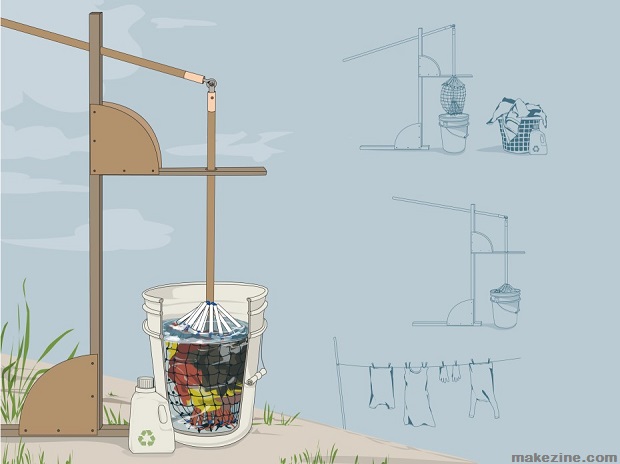 Basically, this highly portable muscle-operated washing machine is made of three main components: the container itself, a net bag (this is designed to agitate the clothes while it holds/squeezes them) and the mechanism itself, which is a lever-driven shaft kept together by a wooden frame.
Basically, this highly portable muscle-operated washing machine is made of three main components: the container itself, a net bag (this is designed to agitate the clothes while it holds/squeezes them) and the mechanism itself, which is a lever-driven shaft kept together by a wooden frame.
The main benefits of this washing machine are that it can be built from scrap, it’s easy to make and it’s pretty versatile. Another important feature of this DIY project: it’s a completely off-the-grid piece of gear. It will cost you less than $50 to build it in terms of materials); all it needs to operate is water, detergent and muscle power.
4. The Solar Bottle Bulb
While you’re waiting for that EMP event, let me show you how to build a solar bottle bulb. The materials needed for this project are PET bottles, a few sheets of galvanized iron (in which you’ll encase the bottles), industrial sealant and filtered water + chlorine (this is used to kill all the algae, mold etc. and to keep the water clear).
Using this method, you’ll be able to illuminate the dark or windowless areas inside your house or place of business during the day using a dirt cheap, completely off-grid, highly effective method. Just one of these bottles is able to provide ~55 watts of light.
Video first seen on Illac Diaz.
5. Solar Water Still
The home made solar still is an excellent way to provide your household with potable water during harsh times using just the power of the sun and the earth elements. The “domestic” solar still is a scaled down version of earth’s hydrological cycle.
In other words, the solar energy (read heat) that comes from the sun evaporates the water from the oceans, which condenses back into clouds (the upper atmosphere is way cooler) and drops back to earth as rain.
Our solar still works on the same principle: the water vapors that are abundant in the earth’s atmosphere are condensed using a sheet of glass and collected into a container. The water produced in this way is very pure and safe to drink. The method is also completely off-grid and cost-effective. Basically, with this gizmo you’ll be able to extract pure water from the air with zero costs, forever!
Video first seen on Cryptic Cricket.
These are just a few ideas that you can use to save yourself some money and to get yourself off the grid. Even a little bit of freedom is a good thing; at least you can shower, wash clothes and collect water if there’s no power, so you’re already ahead of 99.9% of the rest of the population!
This article has been written by Chris Black for Survivopedia.




























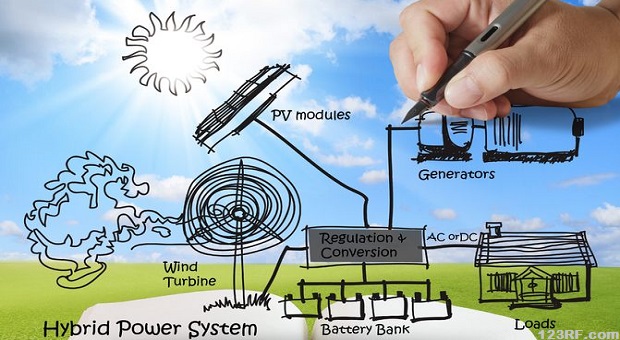

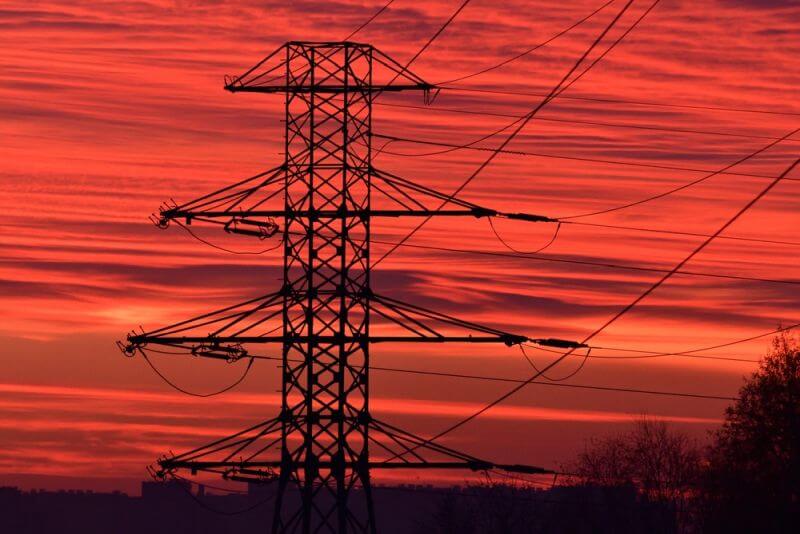
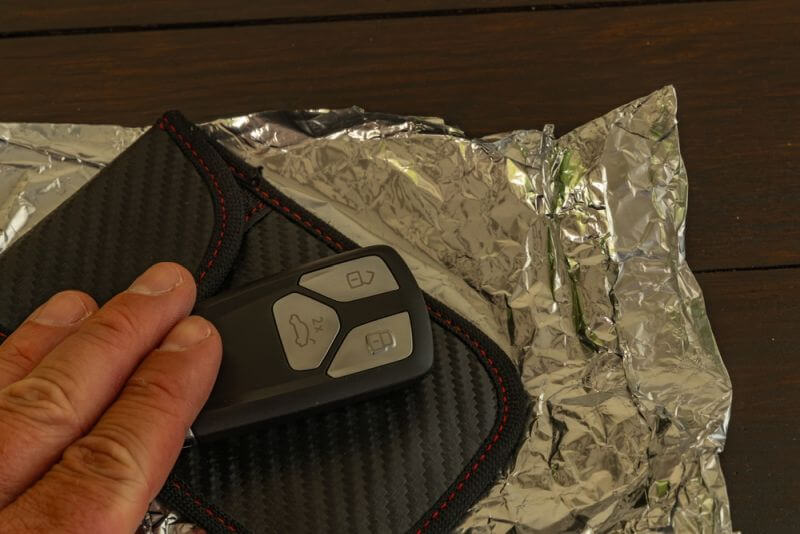
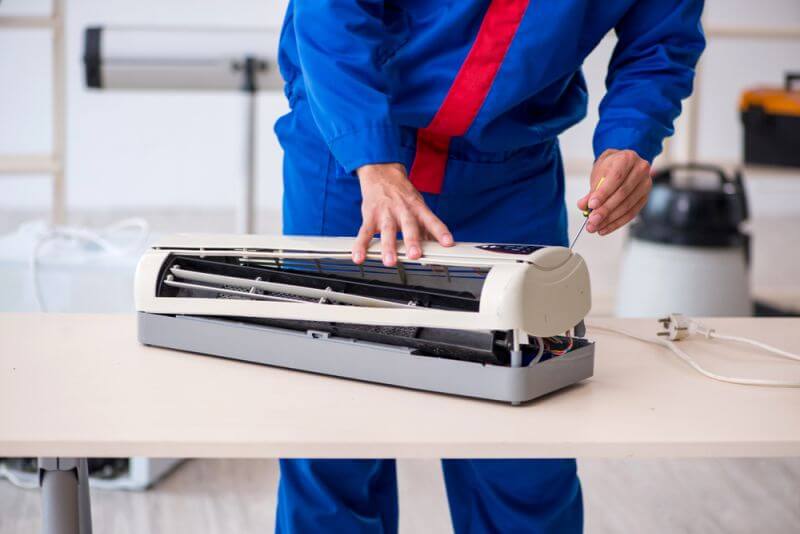
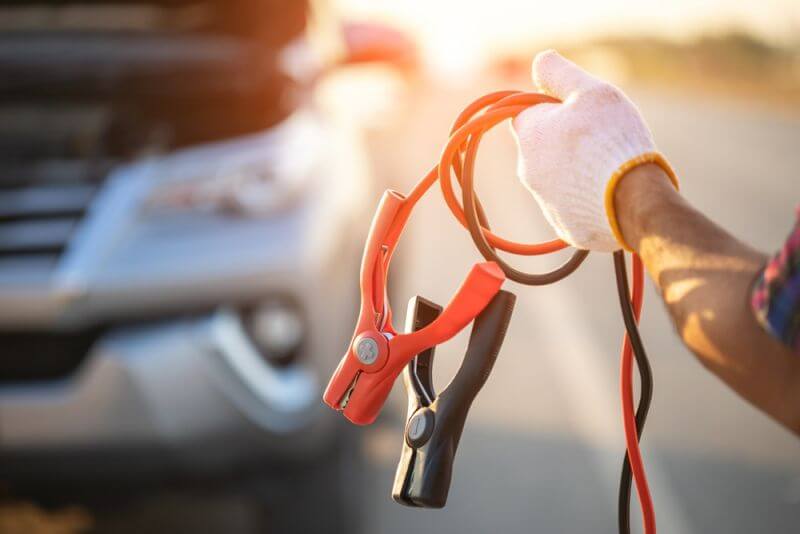







































Nice article! I live off-the-grid too and even though I don’t use the projects you mention, mine was all DIY, as far as putting the system together, and building it larger over time.
In reading the article, “Our solar still works on the same principle: the water vapors that are abundant in the earth’s atmosphere are condensed using a sheet of glass and collected into a container.”
This made me think that I would simply “grab moisture” out of the air and condense it (like morning dew) on the glass and then be captured from there.
That however, is not true at all according to the video. In the video, you need to have some sort of water source first (either a stream, rain water or even ocean water), in order to use the sun as a way to heat it up and purify the water (similar to boiling the water with a flame, and having a condensation tube that cooled down the steam into potable water).
While it is a nice solution to having to chop wood or use your propane to heat the water to evaporation, I think the text in the article needs to be rewritten to indicate the real place the water comes from. If there are solar stills that “pull water out of thin air”, then please include a video that discusses building one of those.
70 degrees to 76 degrees with a 120 watt pump? Would have been better to put a 120 watt heater in the water. Temp would have been much higher after an hour. You simply made an inefficient water heater and wasted electricity. In fact,some of the heat came from the water passing through the pump which is 20% heat loss.